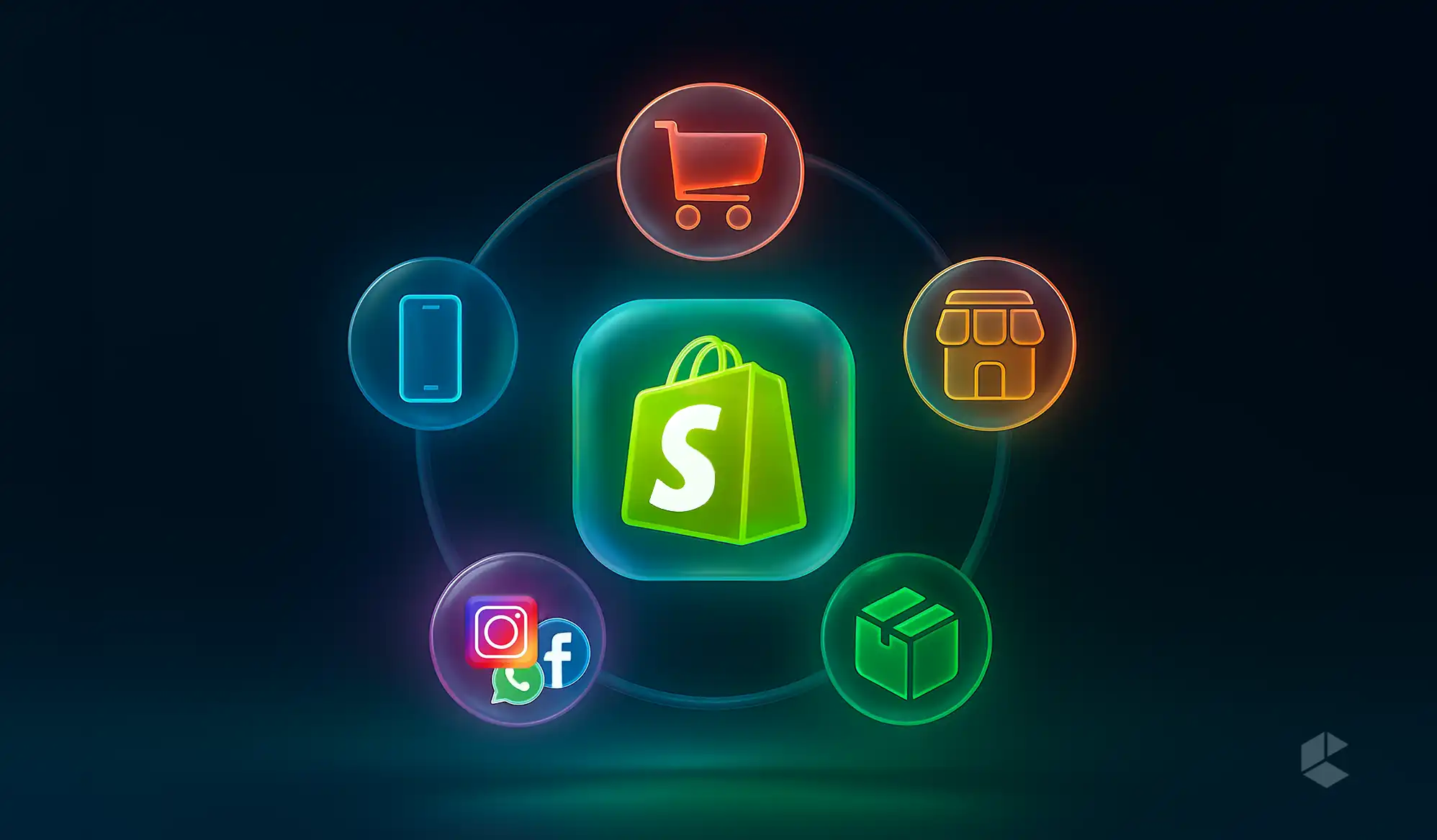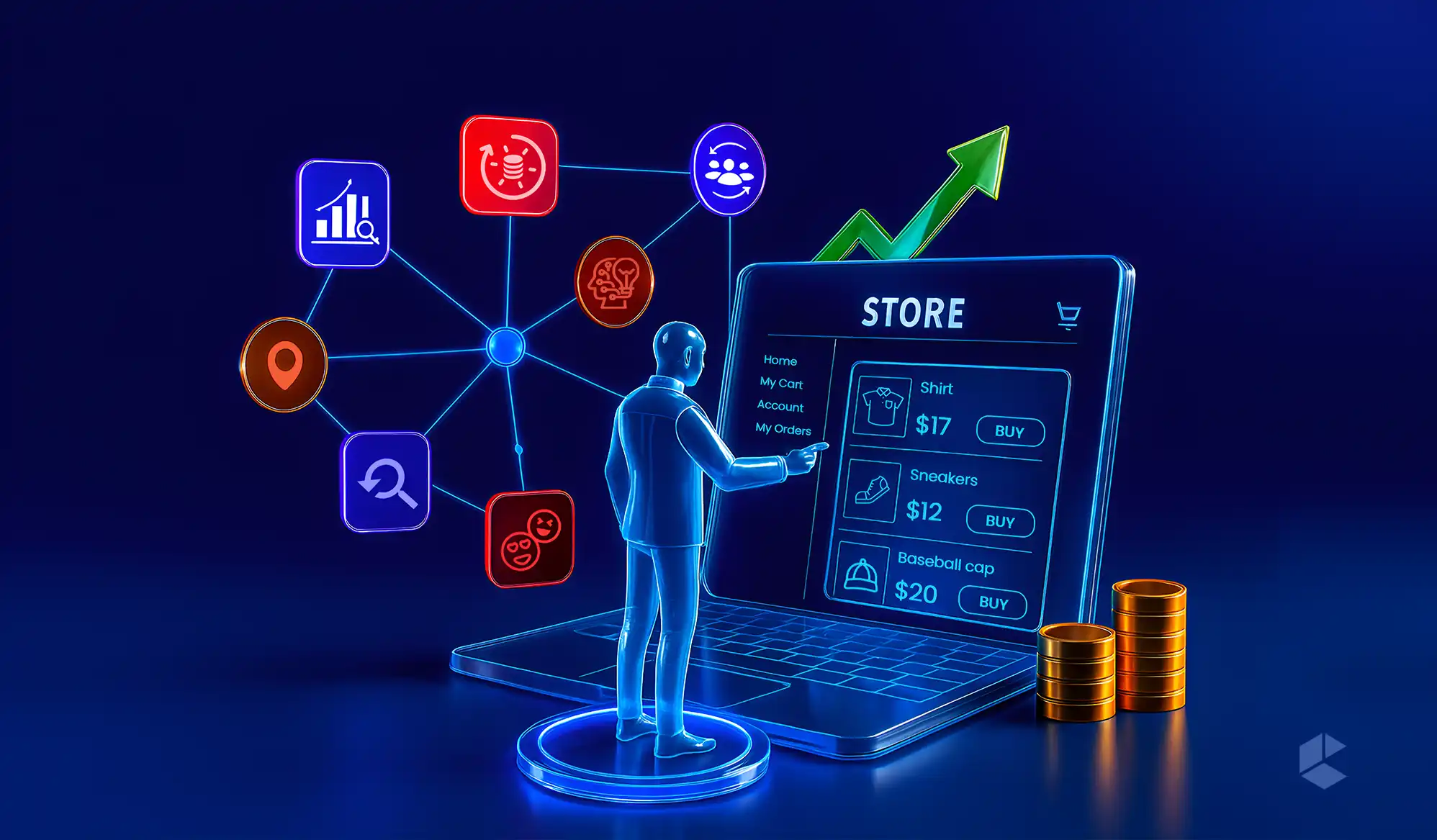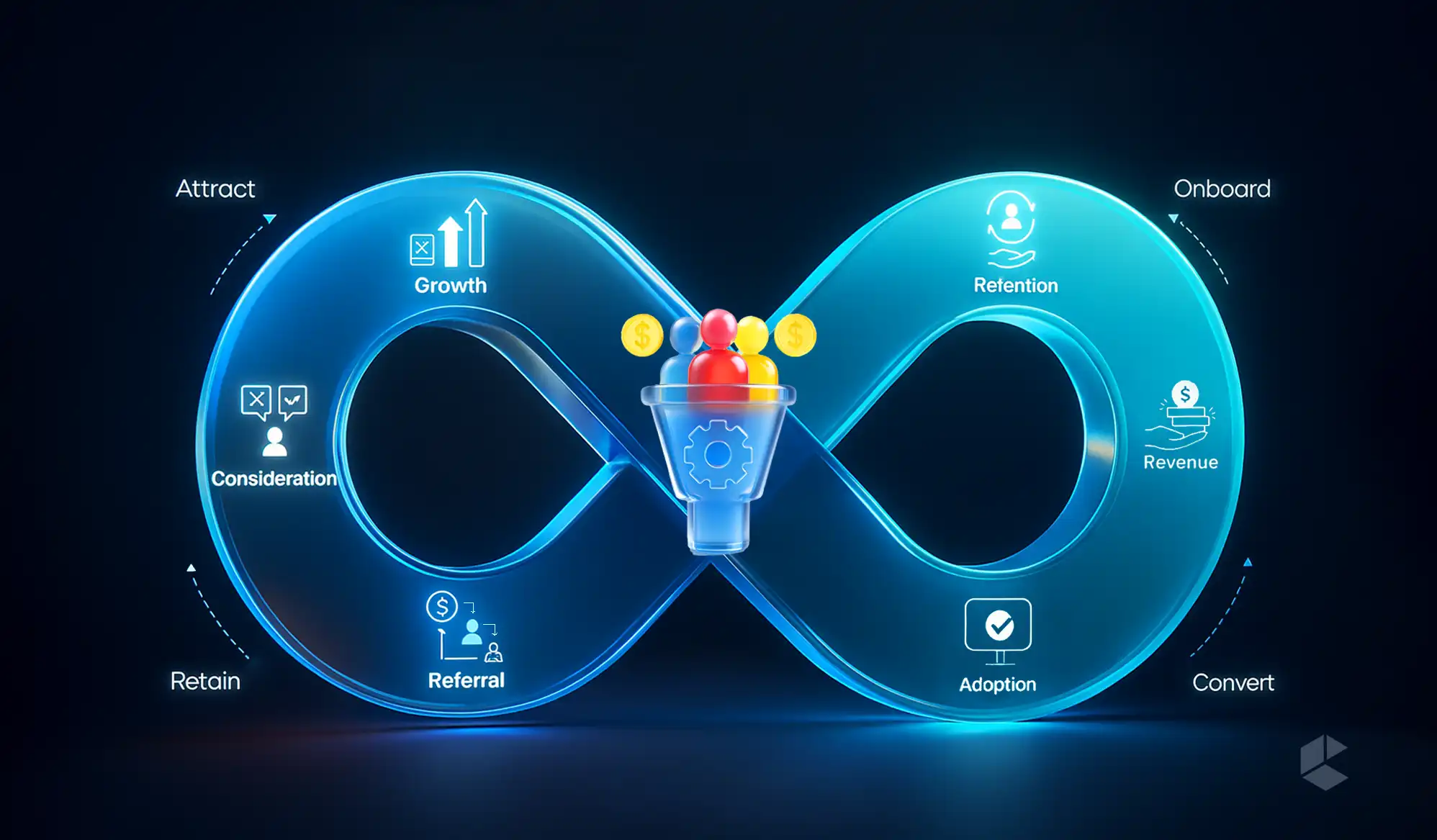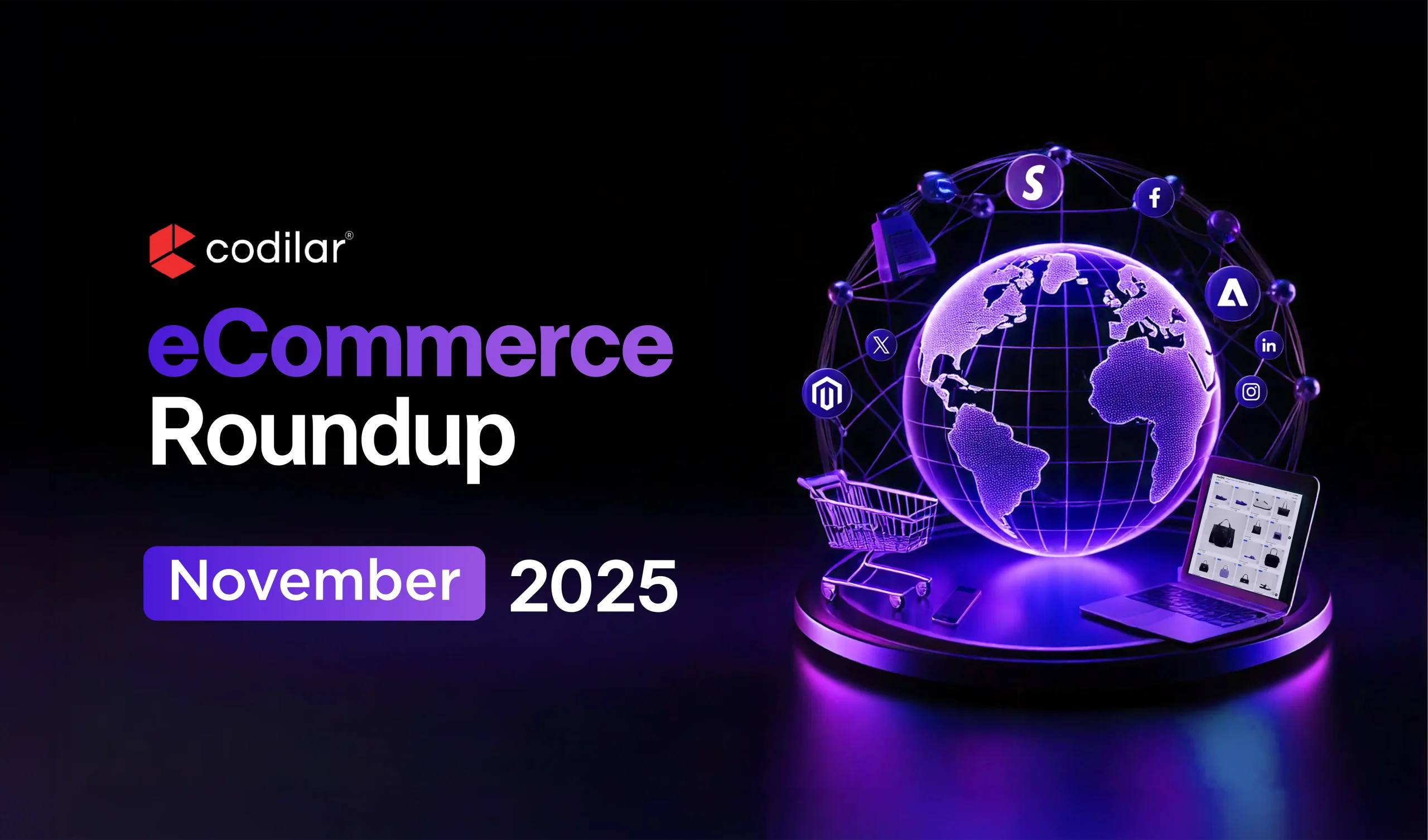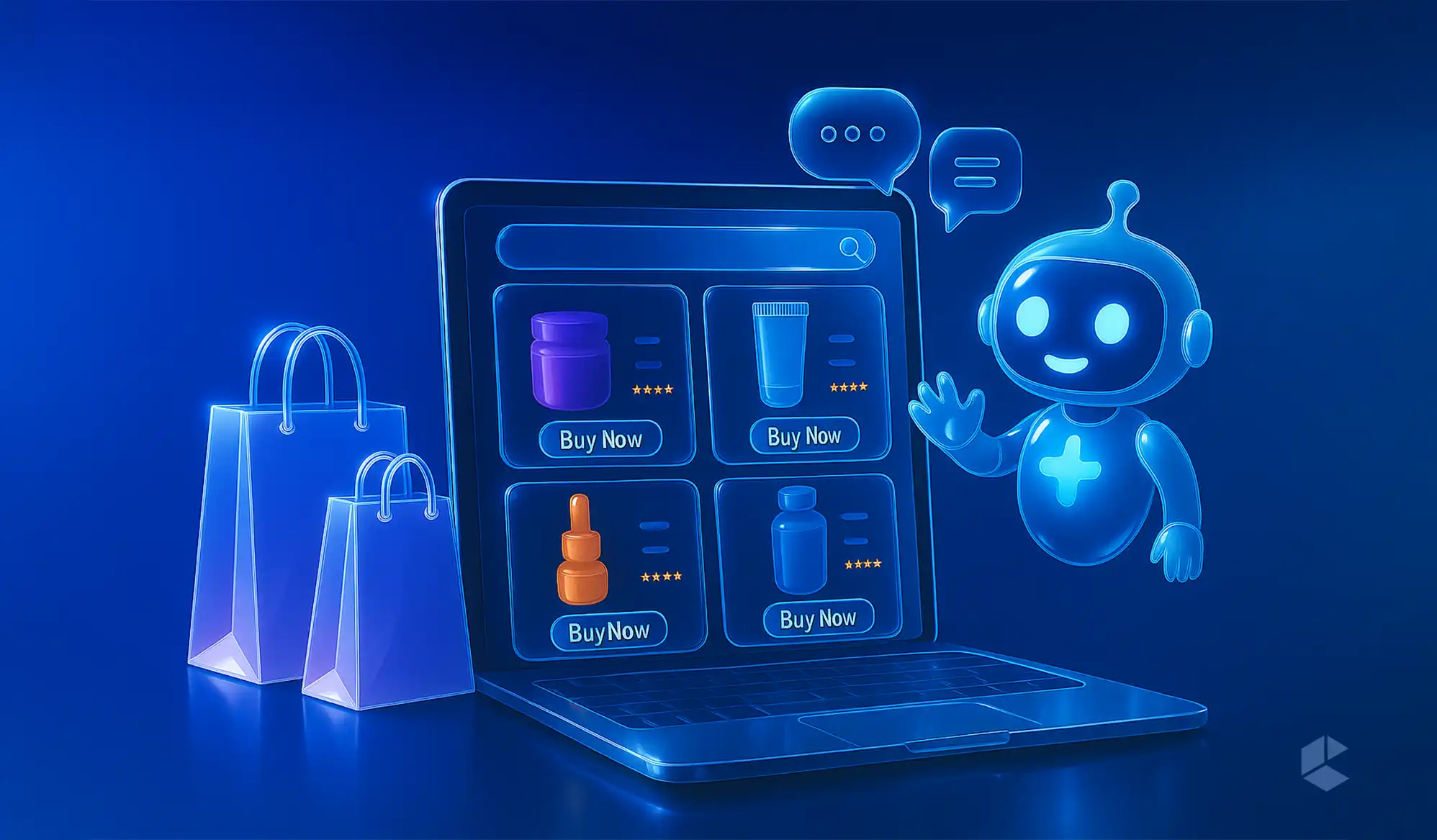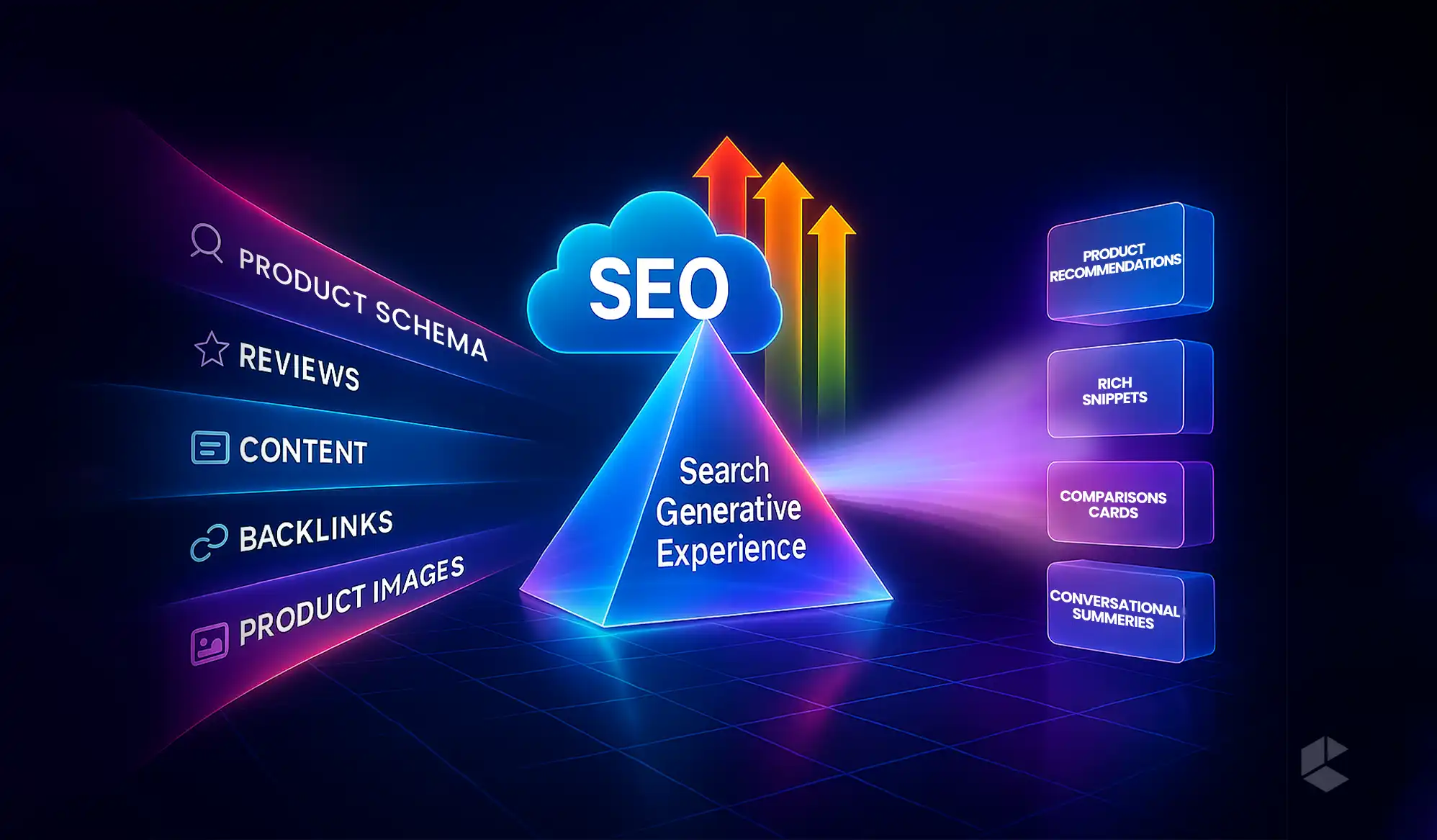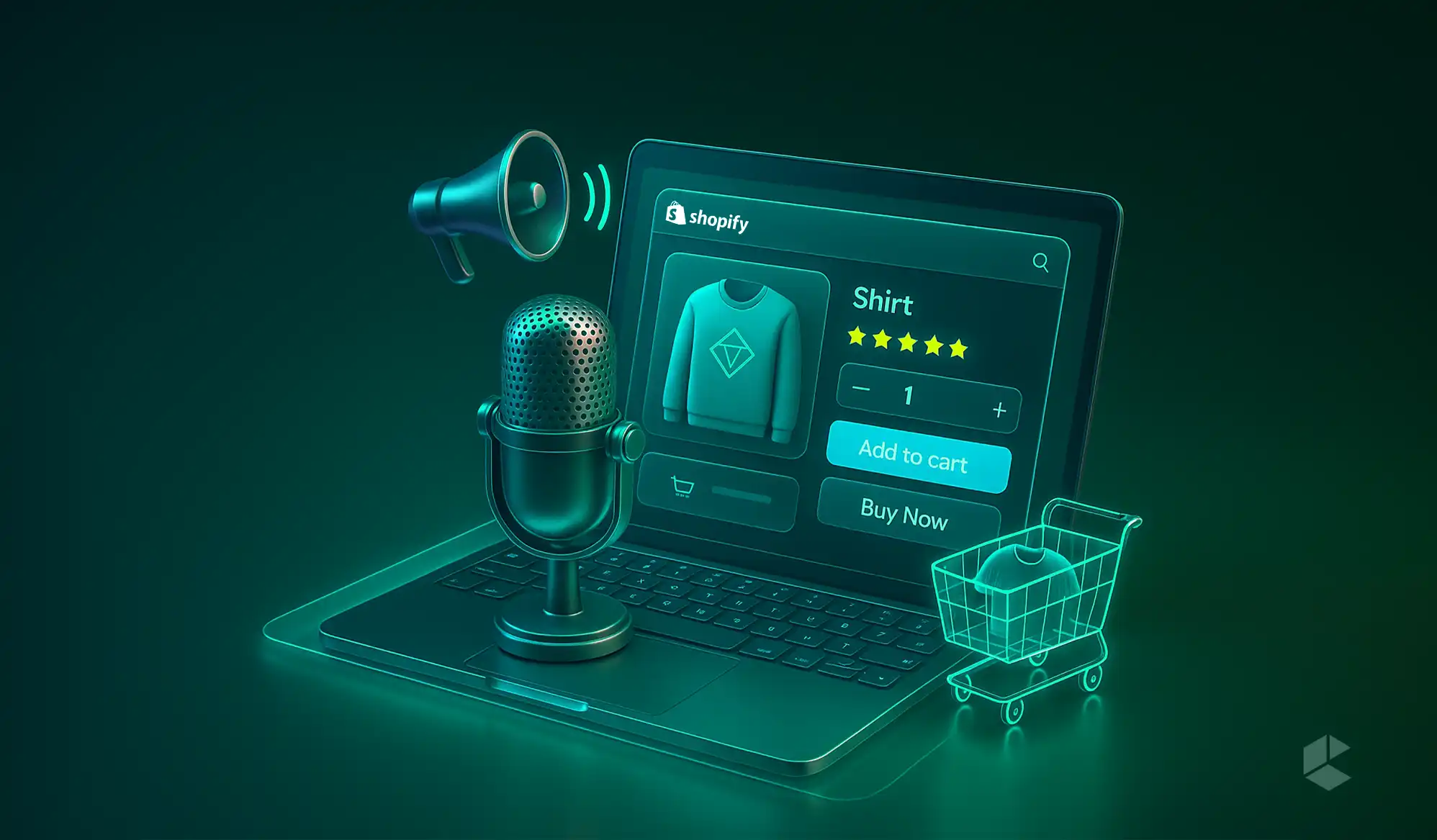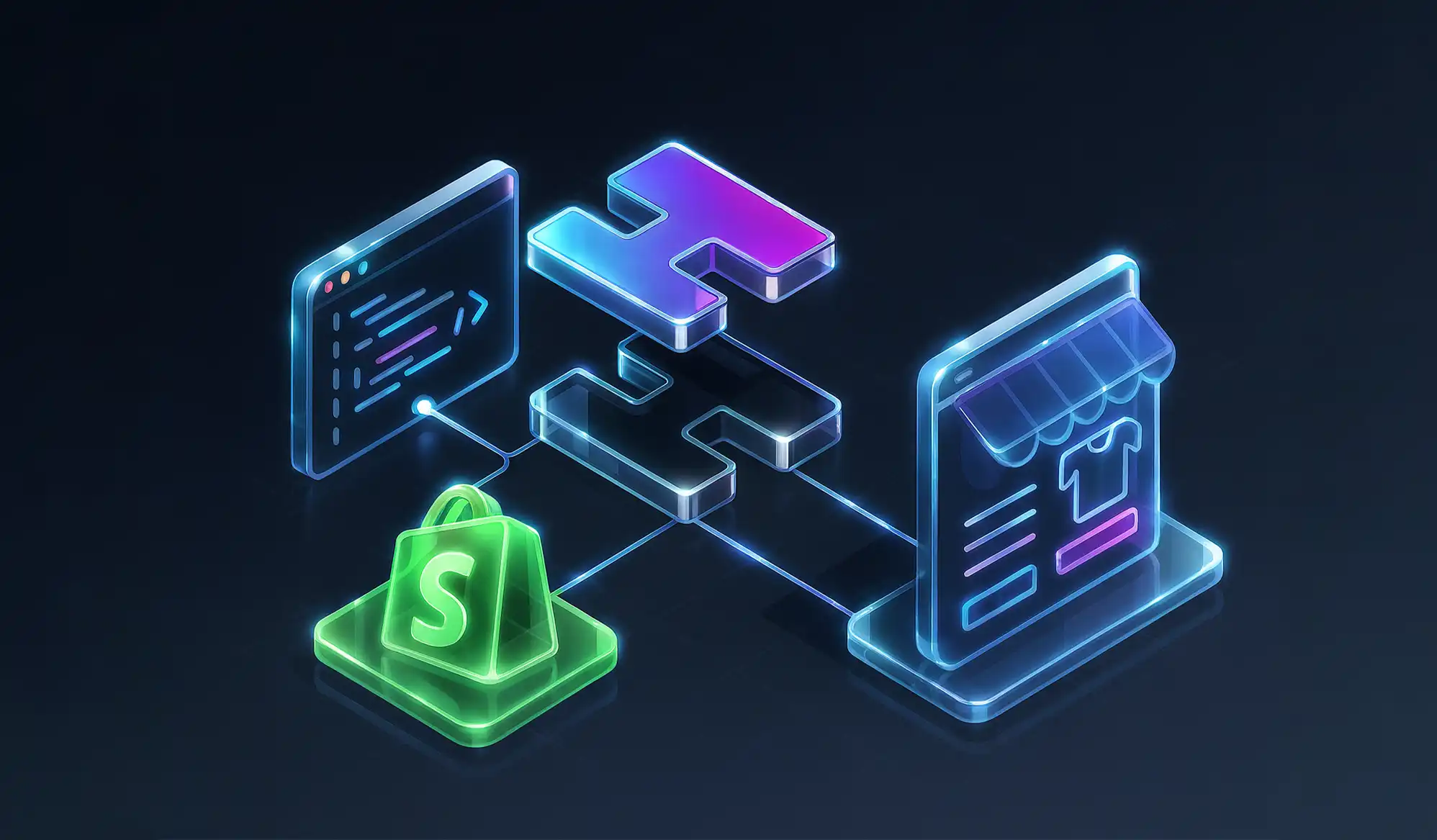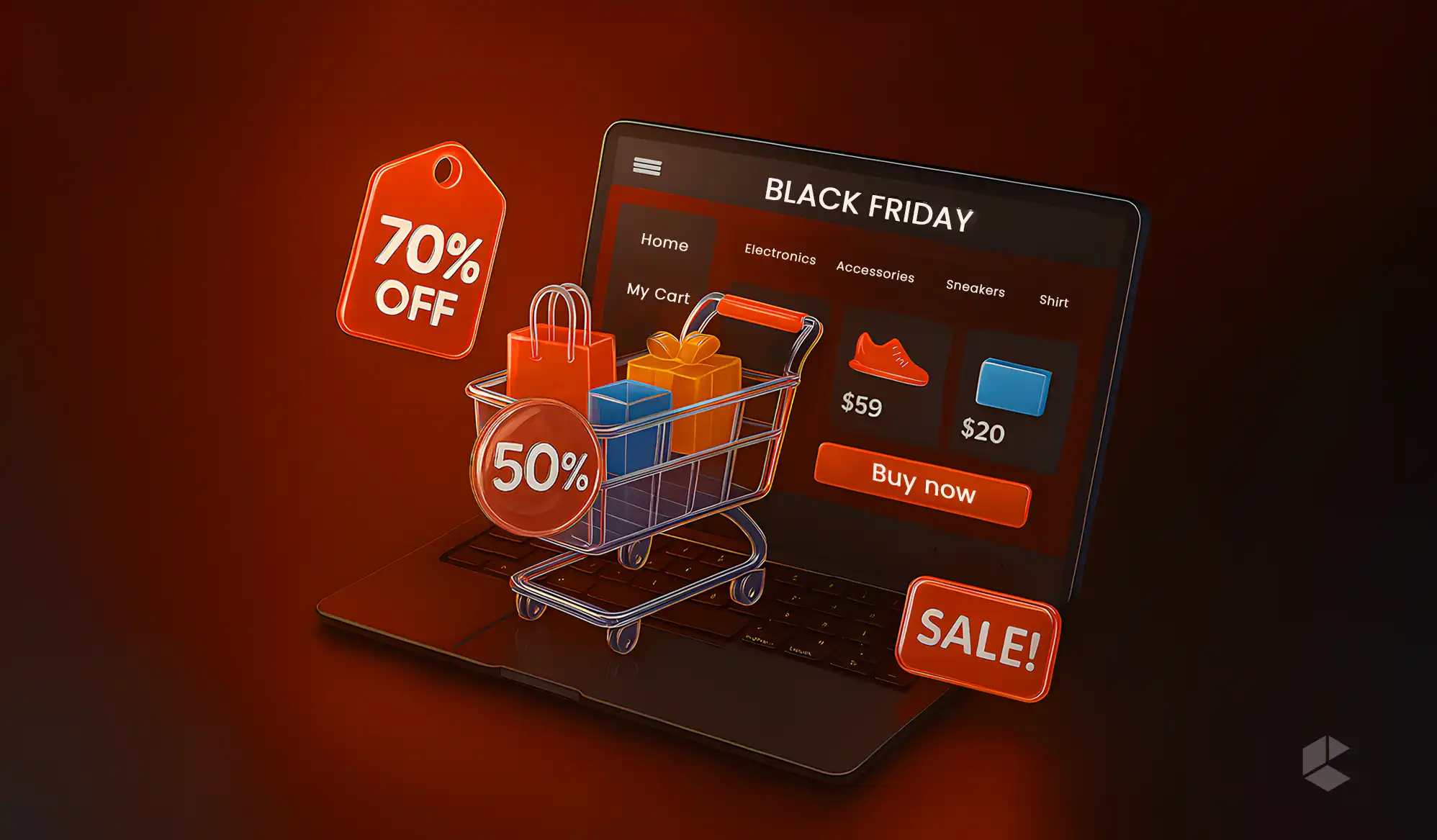Let’s be honest. The word omnichannel gets thrown around a lot. It sounds big, complex, and maybe even a little intimidating. But if you strip it down, it is actually simple. Omnichannel means your customer should feel like they are shopping with one brand, no matter where they interact with you.
For example, if a customer spots your product on Instagram, then checks it on your website and later walks into your store to see it in person, the experience should feel seamless. The price, the availability, and every detail of that product should stay consistent across all touchpoints.
Luckily, with platforms like Shopify, staying consistent across platforms is not a big deal. The platform gives you the power to manage multiple sales channels from one place.
Let’s see how.
How Shopify Supports Omnichannel
Shopify’s flexible platform and extensive ecosystem of apps allow you to easily manage every channel from one place. Here’s how Shopify empowers you to build a successful omnichannel strategy:
- Unified Commerce Hub: Shopify helps you centralize all your operations. That is, you can manage inventory, sales, and customer data from a single location. Moreover, your customers can purchase products consistently, independent of where they are shopping. They can shop from anywhere, like social media, in-store, without having to think about any changes. Basically, Shopify solves the silos between channels so you can have a holistic view of your business. With the platform, you can even track performance, spot trends, and optimize every touchpoint.
- Seamless In-Store and Online Integration: Shopify POS, or Point of Sale, bridges the gap between your brick and mortar store and your online presence. Customers can purchase directly from the physical store or from the online store, and even return items at any location. Additionally, Shopify’s real time inventory management makes sure that products are available on all channels. A flexibility like this gives customers multiple options for how they shop and engage with your brand, which makes the whole experience more convenient.
- Social Commerce Made Simple: These days, your customers spend a lot of their time scrolling social media. With Shopify, you can meet them there. Integrating with platforms like Instagram, Facebook, and TikTok allows you to sell directly within the apps. Shopify also helps you sync your products, track sales, and manage inventory across all social channels so you never lose control of your stock or your data.
- Personalized Customer Experiences: Omnichannel is all about making your customers feel seen and understood. Shopify helps you gather data from every touchpoint, which means you can tailor marketing efforts to each customer. Shopify’s tools, like personalized email campaigns, targeted ads based on behavior, and more, allow you to deliver experiences that feel personal, not generic. When customers see that you remember their preferences and purchase history, engagement and repeat purchases naturally increase.
- Easy Mobile Optimization: More customers are shopping on their phones than ever before. That’s why having a mobile optimized site is crucial. Shopify’s responsive themes and mobile first design tools ensure your store looks great and works smoothly on any device. Fast load times, intuitive navigation, and mobile payment options like Apple Pay and Google Pay help keep your customers engaged from start to finish, no matter where they are.
- Simplified Customer Support: Shopify ensures that your customers receive the best support across every channel. No matter which platform they are contacting from, whether it be live chat, email, social media, or whatever it is, the support team will have full visibility into their purchase history and preferences.
Take Your Omichannel Experience to the Next Level
Omnichannel doesn’t mean simply syncing your sales channels.
- Introduce Loyalty Programs: You can make sure that your customers keep coming back by introducing loyalty apps across all touch points, like online, in store, and on mobile. This may leave an impression on customers that they are appreciated, regardless of where they shop. Overall, it will increase the customer retention rate and turn one time buyers into brand advocates.
- Add Analytics and Reporting Tools: Though Shopify has built in analytics and reporting tools, adding tools like Google Analytics or advanced reporting features can offer you much more deeper insights. With these, you can easily track how customers can move between your online store and physical location. This helps you refine marketing efforts and better manage inventory, and then leads to an efficient omnichannel strategy.
- Implement Omnichannel Marketing: Customers may interact with your brand through multiple channels, like email, social media, and your website. With apps that automate and synchronize campaigns, you can make sure that your messaging is consistent across all channels. This means that you can reach your customers in the most impactful way when conducting any product launch or seasonal promotion.
Conclusion
Creating an omnichannel experience doesn’t have to feel complicated. Shopify makes it easier for brands to connect their online store, physical locations, and social channels, so customers enjoy a consistent shopping journey at every touchpoint. By centralizing operations and keeping inventory up to date in real time, businesses can avoid friction and focus on what matters most, which is engaging their customers. Personalization tools, mobile optimization, and loyalty programs help turn casual buyers into loyal advocates, while analytics and synchronized marketing ensure every effort is informed and effective. In the end, Shopify doesn’t just help you sell. Instead, it also helps you build lasting relationships by making every customer interaction consistent and memorable.
FAQs
“Omnichannel” basically means giving your customers a unified experience, no matter where they shop. Whether they’re browsing your website, scrolling through Instagram, or visiting your physical store, everything should feel like it’s coming from the same brand. The prices, the vibe, and the experience should be consistent everywhere.
Shopify brings everything together in one place. You can manage your website, in-store sales, and even social media shops from a single dashboard. Inventory updates automatically across all channels, and you can see real time data on what’s selling where. It saves you from juggling multiple tools, which is a huge relief for busy store owners.
Absolutely! That’s where Shopify POS (Point of Sale) comes in. It syncs your in-store and online operations, so your customers can buy or return items anywhere. Plus, your stock levels stay updated everywhere, automatically.
Shopify makes social selling effortless. You can connect your store directly to platforms like Instagram, Facebook, and TikTok. That means customers can discover your products while scrolling and buy them right there. Shopify also keeps your stock and sales data synced across all channels, so you never oversell or lose track of orders.
Yes, and that’s where Shopify really shines. The platform collects data from every touchpoint, that is, from online, in-store, and social, and helps you use it smartly. You can send personalized emails, target ads based on shopping behavior, and even recommend products customers might love. It’s like giving every shopper a custom made experience without having to manually track anything.
